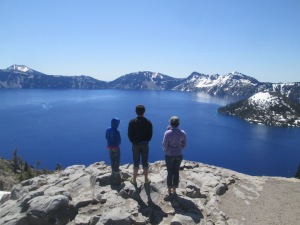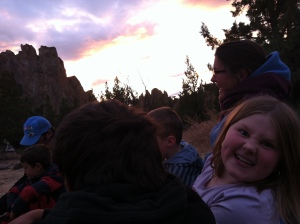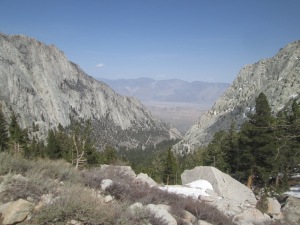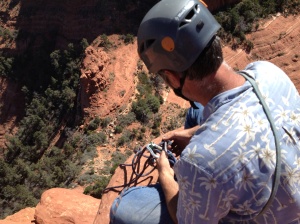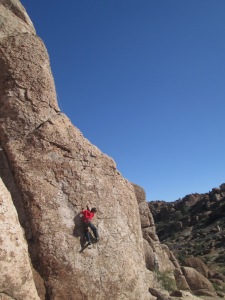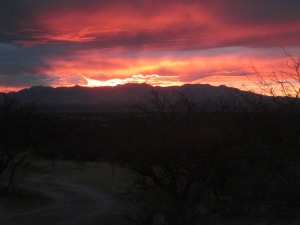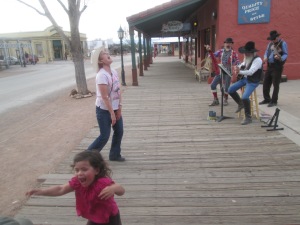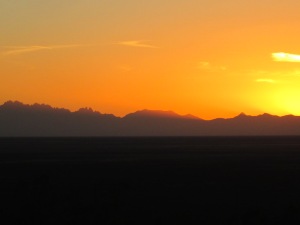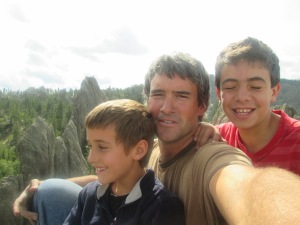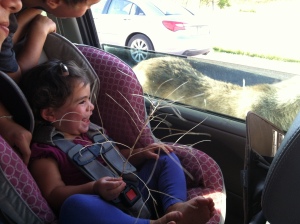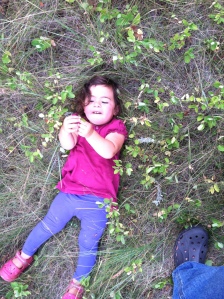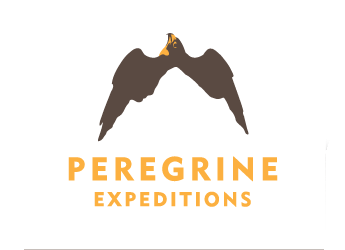It’s time to reach back out to you fine folks, our readers. Even though it’s been several years, it’s important to me to finish sharing our year journey. So, here is one final blog post from our year odyssey we call Five and a Roof Rack.
We finished off our year in style, as planned all the way back home to Bellingham, Washington. During the last month and a half of our travels something shifted: We began arranging, planning and preparing for our life back in Washington. Once home, we bought a house, engaged back into our community, enrolled the kids back into school and we’ve been there ever since. But to stay on point, the last month and a half of our yearlong journey included important adventures some of which were highlights of the whole year.
Resuming where I left off, following camping and exploring along the mysterious foggy coastline of Big Sur we visited my cousin Ueyn, his wife Jen and their boys, Evan and Jonas in Menlo Park just south of San Francisco. We stayed for almost a week, hopefully the first of many. Ueyn was working on a top-secret project at Apple that he was not allowed to discuss with us, his kids, his wife, or anyone for that matter. Now, many years later we learned he was one of the main creators working on the Apple watch function that monitors heart activity in people susceptible to heart problems. We were all delighted to curl up in their cozy neighborhood home for a few days, go on walks in the oak woodlands and barbecue with neighbors. During that time we also went for a quick visit to another cousin Matt and his wife and son over in the East Bay.
Serendipitously Michelle’s brother, Simon, just happened to be at a conference in San Francisco. So we moved north into a downtown San Francisco hotel with Simon and played in the city for awhile. While Simon taught during the day, the five of us wandered the hilly picturesque streets of the city, went to museums, enjoyed music in the park and ate some pretty damn good sushi. All said and done it made for the single most expensive day of the entire year.
After Simon left, cousin Jen and her boys met up with us again as we took a ferry north of the San Francisco Bay for a really cool camping trip on Angel Island, the “Ellis Island” of the west. With a spectacular campsite, we were overlooking the Golden Gate Bridge the San Francisco Skyline and Marin County. After two nights, we said our good byes to family and it was off to the greener North.
Things really changed energetically at this point, our minds were not in the moment like most of the year but began looking forward, planning and wondering about life back to where we began. And so we traveled north : Redwood State Parks, Red Wood National Park, then to Oregon. Camping on Diamond Lake at the foot of Mt Thielson. Jacob and I got to hike up to the summit of Thielson, one of Oregon’s fabulous volcanoes. We spent lots of time on the rich grassy shores of Diamond Lake, thinking deeply about our big adventure that was now coming to a close. Michelle and I knew that being this close as a family, just the five of us, may never happen again quite like this. The life we were going back to felt necessary but not as important as what we were wrapping up. It was bitter sweet.
We spent a day at Crater Lake, a volcano that blew it’s top only seventeen-thousand years ago and is now a magical teal and deep blue lake that does not drain except into the ground below it. Journeying on, we made one final stop north at Smith Rock State Park, the birthplace of sport climbing. It was well into summer, the typically hot weather took a break though and it was cool and comfortable. We did a little bit of climbing and most importantly got to hang out with Jen and Andrew and their kids from Wisconsin, who had launched onto their own road trip. Here we spent a last few days climbing, hiking, playing music and reflecting on our crazy year and wondering what it’s going to be like to go back home.
We were ready at this point; our minds had now shifted to the north. We missed our friends and hometown. So at the beginning of July 2014 we hopped in the minivan and drove north into the rainy Northwest. Thanks to good friends, we found ourselves a new home in an incredible little neighborhood in the hills just east of town.
But that’s not the end of it. First and foremost, once we were moved in we began planning our next year long adventure…more on that later. Other things began to be very clear. We were all happier and healthier…but something else happened. We noticed we inspired others to do the same. We noticed that friends and families were put into action. People we knew well and others through connections down the line began reprioritizing their lives, putting the busy things on hold and going on their own adventures big and small.
We discovered something very important on our adventure. What we found was not just for our own family. Our mission of sharing our personal stories and experiences with others had gone beyond ourselves and has only grown since. It has become our mission to inspire others to go on their own adventure, to shy away from the ideas of vacations and consumerism, that to be fair, are fun in very small doses, but to court something else. It has become part of our work to help others find their Adventure; a deeply human experience, like the first homo sapiens who walked beyond the boarders of Africa or Abraham leaving Mesopotamia. It’s an essential part of being human. Sure we did it our own quirky, and unique way. That was our journey. Every family has their own story, their own adventure to engage.
So…naturally, several months after returning to Bellingham the question was not if we’d go on another year adventure, the real question was where and when.
As we considered where our next family mission was to take place we decided that we wanted a location where we could load everything up in a van again and just go explore. Michelle and I also wanted a place that would not only be new and fascinating to the kids but new to us as well.
Aside from the destination, we realized that there will be another part of this odyssey that will be quite different. We commenced our previous adventure with a 1 year old who turned 2 and became potty trained and learned to walk and even run while traveling. The other kids were 7 turning 8 and 12 turning 13. This time we are bridging the other side of family life with a child who is no longer a child but spreading his wings and learning to fly on his own. Jacob, by the time we’re traveling will be 19. The hope is that he will travel with us for sections and then go have his own adventures as well. Our aim is to grow and adapt with our family, while strengthening tethers of connection made once again from the journey into the unknown.
With all of this in mind, we decided that our next family year long adventure will take place in New Zealand and Australia! The date is set. The plan is to be leaving to Aukland, NZ mid to late September 2020 and returning mid to late August 2021.
Our intention is to continue to share with you, our readers not only the adventure itself but the whole process. We’ll be updating people on our preparations: the gathering of equipment, the logistics and sharing our project out line and route. Those logistics will include the planning of the trip of course, but also what the home schooling will look like, the gear planning, the financial planning. We’ll be reflecting on what worked well the last time and what could have been done better. We will revisit the spirit of what we found throughout our own country…the United States. We will dive into what this American family knows and thinks about the smallest continent. For me, even though there are some similarities, there is something mysterious and very unique about Australia; I want to wake up in the early morning and see an animal I never knew existed in a landscape new and different.
We are excited to share once again our grand quest and in doing so help give, not just an inspiration to others, but a template. Come join us as we prepare for mission number two: 5andaroofrackdownunder.


